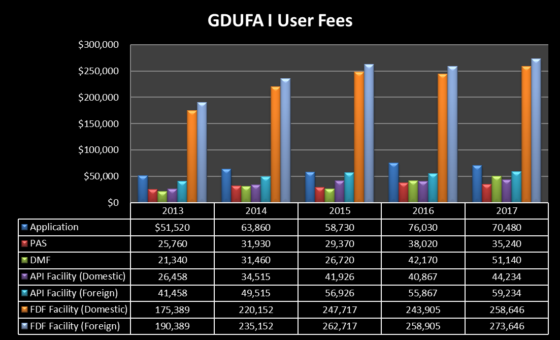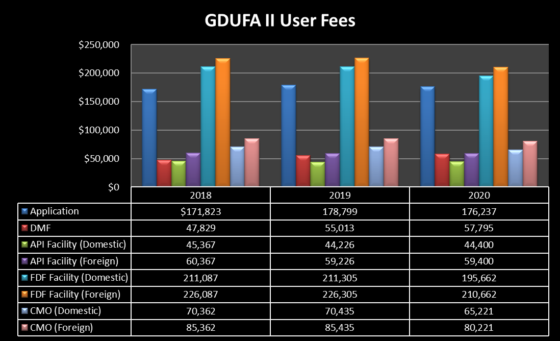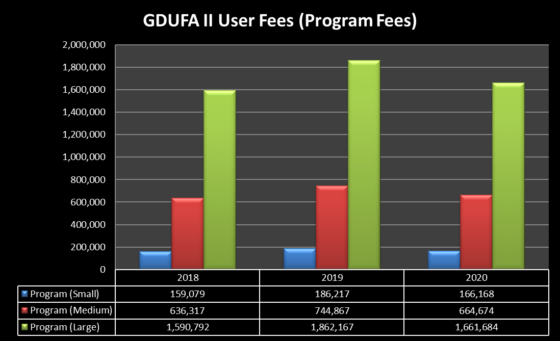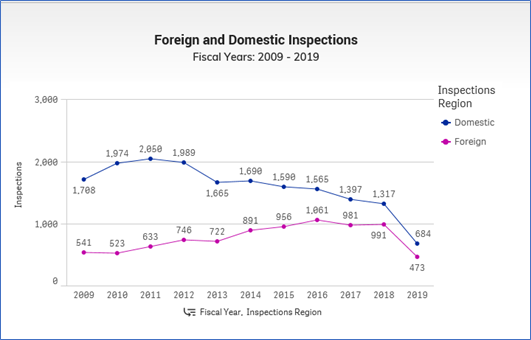By Douglas B. Farquhar & Ricardo Carvajal —
Claiming that DMAA (1,3-dimethylamylamine) is a “constituent” of geraniums, Hi-Tech Pharmaceuticals, Inc. sold DMAA as a dietary supplement, in products intended for body-builders. The U.S. Food and Drug Administration seized the products, claiming that DMAA is a food additive because it is not generally recognized as safe and is not a dietary supplement, as Hi-Tech claimed. The U.S. District Court ruled that FDA was right. On appeal of that decision by Hi-Tech, two judges on the 11th Circuit Court of Appeals last Friday issued a decision, over a dissent, supporting FDA’s interpretation of statutory provisions in determining that DMAA is not a “botanical” or a “constituent” of a botanical (namely geraniums), which would have qualified DMAA as a dietary supplement. The dissenting judge believed that Hi-Tech was entitled to a hearing about whether DMAA is a constituent of geraniums, so it seems likely that Hi-Tech will seek a rehearing of its appeal before all judges on the 11th Circuit. If that petition for en banc review is granted, this case may not be over, yet.
Moreover, Hi-Tech also filed a lawsuit that we blogged about here, in which Hi-Tech seeks an injunction that would permit it to continue marketing the dietary supplement confusingly named DMHA (and bearing the even more complicated chemical name of 2-Aminoisopheptane HCI, also known as, 1,5 DMHA, 2-amino-6-methylheptane, 2-amino-5methylheptane, 1,5-Dimethylhexylamine, 2-Isooctyl amine, and Octodrine). Hi-Tech claims this chemical naturally occurs in walnut trees. That case is pending: FDA has filed a Motion to Dismiss the case claiming that the court does not have jurisdiction to hear the case because the Warning Letter that was sent to Hi-Tech about DMHA is not a “final agency action” subject to judicial review. If Judge Reggie Walton decides to hear the case, and his decision is appealed to the D.C. Circuit Court of Appeals, litigation involving Hi-Tech may lead to conflicting appellate court decisions on what constitutes a “botanical” that can be legally marketed in or as a dietary supplement.
Back to the geraniums, though. FDA claimed that DMAA is a food additive (and therefore was required to receive premarket approval from FDA) because it (1) is not “generally recognized, among experts qualified by scientific training and experience to evaluate its safety, as having been adequately shown through scientific procedures . . . to be safe under the conditions of its intended use,” and (2) is not a dietary supplement (the FD&C Act’s definition of “food additive” excludes ingredients described in the definition of “dietary supplement.”) Key to FDA’s second argument is whether DMAA fails to qualify as a dietary ingredient because it is not an “herb or other botanical,” or an “extract” or a “constituent” of an herb or other botanical. As the 11th Circuit said in the majority opinion, “This case presents the question whether these terms apply to a substance that was invented in a laboratory and is artificially produced for commercial sale but that, entirely coincidentally, may be found in trace amounts in a plant.”
None of the judges thought that there was sufficient evidence that DMAA was “generally recognized” as being safe. Hi-Tech argued that DMAA is generally recognized as safe. The majority opinion noted FDA’s regulation that a substance meets this standard only when, based on “common knowledge throughout the scientific community knowledgeable about the safety of substances directly or indirectly added to food,” there is “reasonable certainty that the substance is not harmful under the conditions of its intended use.” 21 C.F.R. § 170.30(a). According to the opinion, FDA “need only show the lack of the proper reputation . . . for safety of the [substance] among the appropriate experts, or that what reputation there is, is not based on adequate studies.” The opinion found that FDA “made the required showing,” saying that, “[m]ultiple sources, including in peer-reviewed publications, call into question DMAA’s safety.” FDA concluded that: “DMAA may cause increases in blood pressure and hemorrhagic stroke; individuals with blood pressure of 120/80 mmHg or higher (much of the American population) should avoid DMAA; use of DMAA has been associated with multiple adverse events, including deaths; and DMAA may inhibit activity of liver enzymes and cause liver toxicity.” The court rejected Hi-Tech’s citation of “studies and . . . expert testimony concluding that DMAA is safe at the recommended doses,” because, the opinion said, “The studies use small sample sizes and look at short-term results,” and none “measure the effect of DMAA in high-risk populations or on individuals with elevated blood pressure.”
The opinion also addressed Hi-Tech’s contention that DMAA is a botanical, or an extract or constituent of a botanical. Trace amounts of DMAA have been identified in geraniums, although the 11th Circuit said it is unclear whether that DMAA is a naturally occurring compound, or may come from fertilizer. At any rate, the opinion stated, DMAA used by Hi-Tech was not extracted or derived from geraniums. While it might be present in trace amounts, Hi-Tech uses DMAA that is fabricated commercially, rather than extracted. The majority rejected Hi-Tech’s “broad view” that “all flora” qualify as a botanical, and, instead held that “the use of ‘herb or other botanical’ in the statute, together with the dictionary definitions of a botanical as ‘derived from a plant,’ supports a much narrower construction.” The opinion credited a dictionary definition that botanical is a “a plant part or extract used esp[ecially] in skin and hair care products,” and ruled that DMAA did not meet that definition.
As to whether DMAA is a “constituent” of a botanical (which Hi-Tech argued meant any part of the composition of a plant), the majority opinion said that Congress, in enacting the Dietary Supplement Health and Education Act (“DSHEA”) likely intended “to treat any product derived from a plant” as a potential dietary supplement. But, the majority said, the definition would not “stretch . . . to apply the same reasoning to a substance invented in a laboratory and artificially produced, that can be found in a plant, if at all, only in trace amounts, only coincidentally, and that has never been derived from a plant for use in any medicinal, cosmetic, or dietary product.”
Notably, the majority opinion appeared to leave open the possibility that a synthetic version of an herb or other botanical could be marketed in or as a dietary supplement:
This does not mean that DSHEA applies only to products actually derived from plants, not those artificially manufactured. If a product is indeed a dietary supplement because it contains a qualifying dietary ingredient—including, for example, an herb or other botanical—a manufacturer may take the dietary ingredient from nature or produce it artificially. But there must be a qualifying dietary ingredient. The ability to create a substance in a laboratory and manufacture it artificially does not give a substance that status. Nor does coincidentally identifying the substance in trace amounts in some plant somewhere in the world.
The dissenting judge said he would have remanded the case to the District Court “for a trial on whether DMAA is a ‘constituent’ of geraniums.” He said he did not think DSHEA provided “a basis for the district court’s conclusion that a ‘constituent’ of a ‘botanical’ must have a history of being extracted in usable quantities, or for the majority’s holding that to be a ‘constituent’ an ingredient must have been derived from a plant for use in a medicinal, cosmetic, or dietary product.”
We will follow further developments in both Hi-Tech cases, and share “extracts” of decisions with our “constituents,” in this blog.














